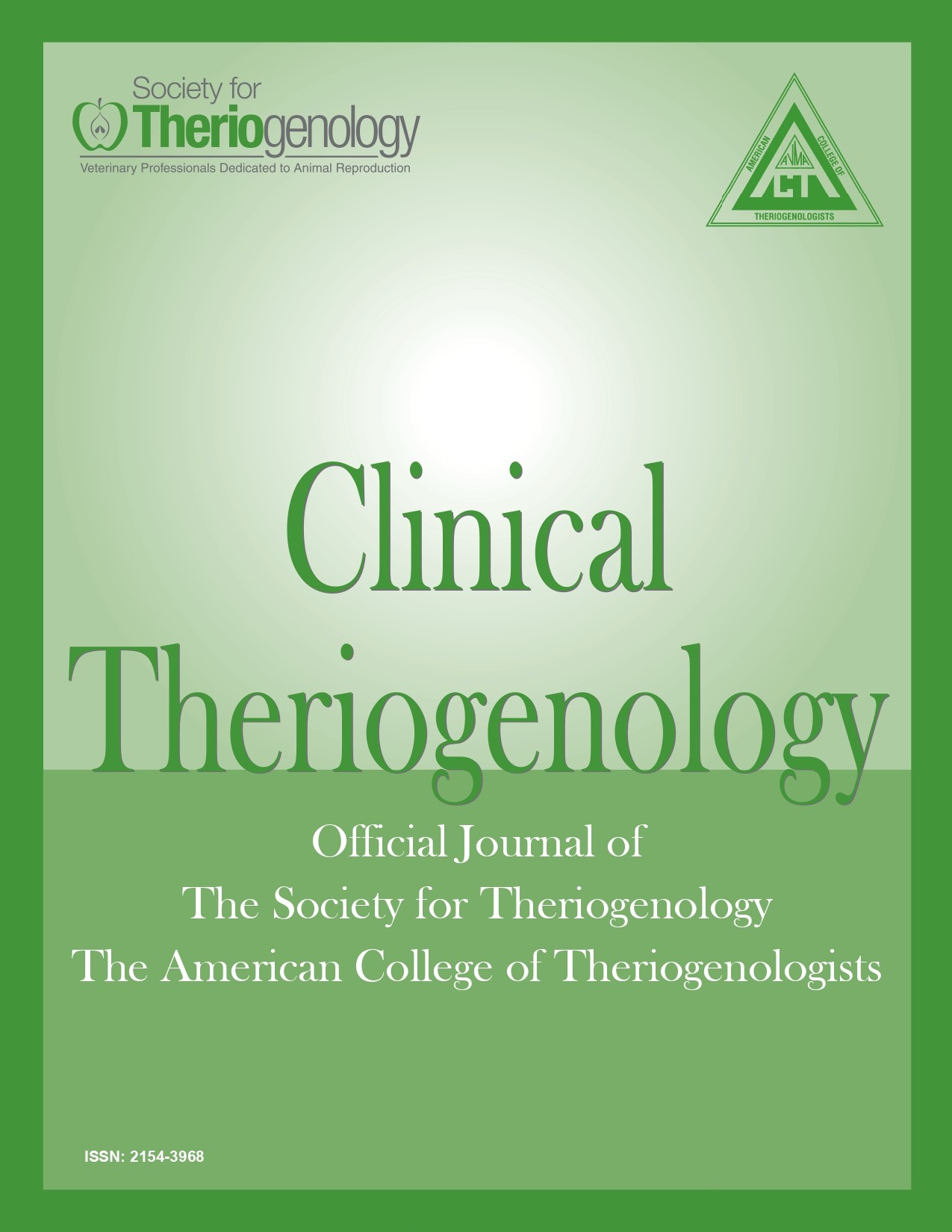Embryo grade, but not developmental stage, is related to embryonic sex in superovulated beef cows
Abstract
Knowing calf sex before birth can have advantages for management and marketing. The objective
was to detect relationships between embryonic sex and developmental stage and/or embryo quality at
recovery. Mature, non-pregnant, non-lactating Angus and Simmental cows (n = 29) were superovulated
using a 13-d, controlled internal drug release-based protocol following ultrasound-guided dominant
follicle aspiration. Cows were artificially inseminated with frozen-thawed semen twice on d 6, 36 and 48
hours after controlled internal drug release-removal and PGF2α. Embryos were recovered by non-surgical
flush 7 days after first insemination, with an average of nine transferrable quality embryos per donor.
Embryos of quality grade 1-3 (n = 265) were biopsied, using a micromanipulator with a microsurgical
blade to excise approximately 15 - 20% of the inner cell mass of each embryo. Embryo sex was
determined with polymerase chain reaction on biopsies, including electrophoresis and analysis of gels to
detect a male-specific Y-chromosome. Stage of embryo had no association with sex (p = 0.6). However,
grade was associated with sex (p = 0.03), as proportionally more grade-1 embryos were male (51.2%),
whereas a higher proportion of grade-2 embryos were females (75.2%). We concluded embryo quality at
recovery was a better predictor of sex than developmental stage.
Downloads

This work is licensed under a Creative Commons Attribution-NonCommercial 4.0 International License.
Authors retain copyright of their work, with first publication rights granted to Clinical Theriogenology. Read more about copyright and licensing here.





